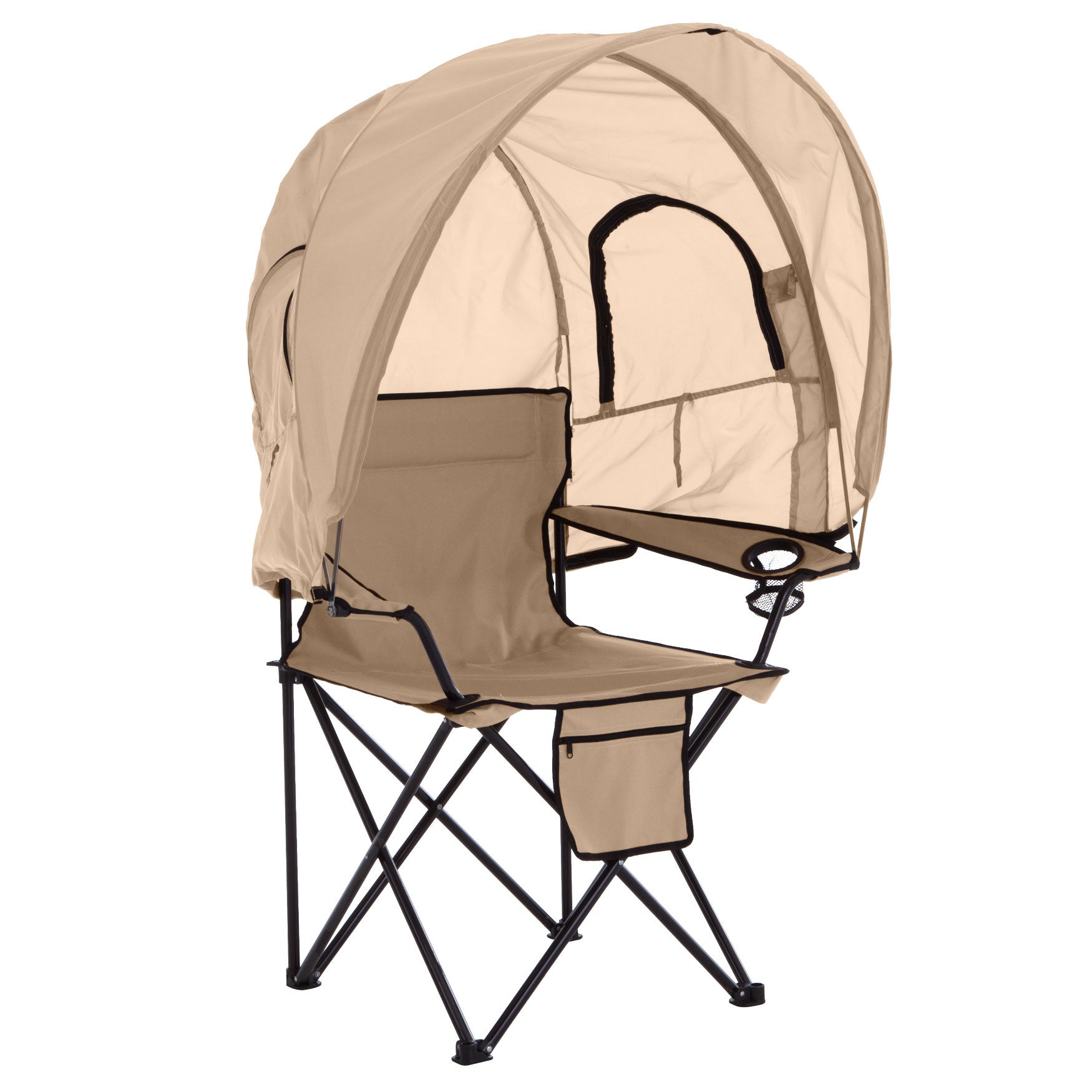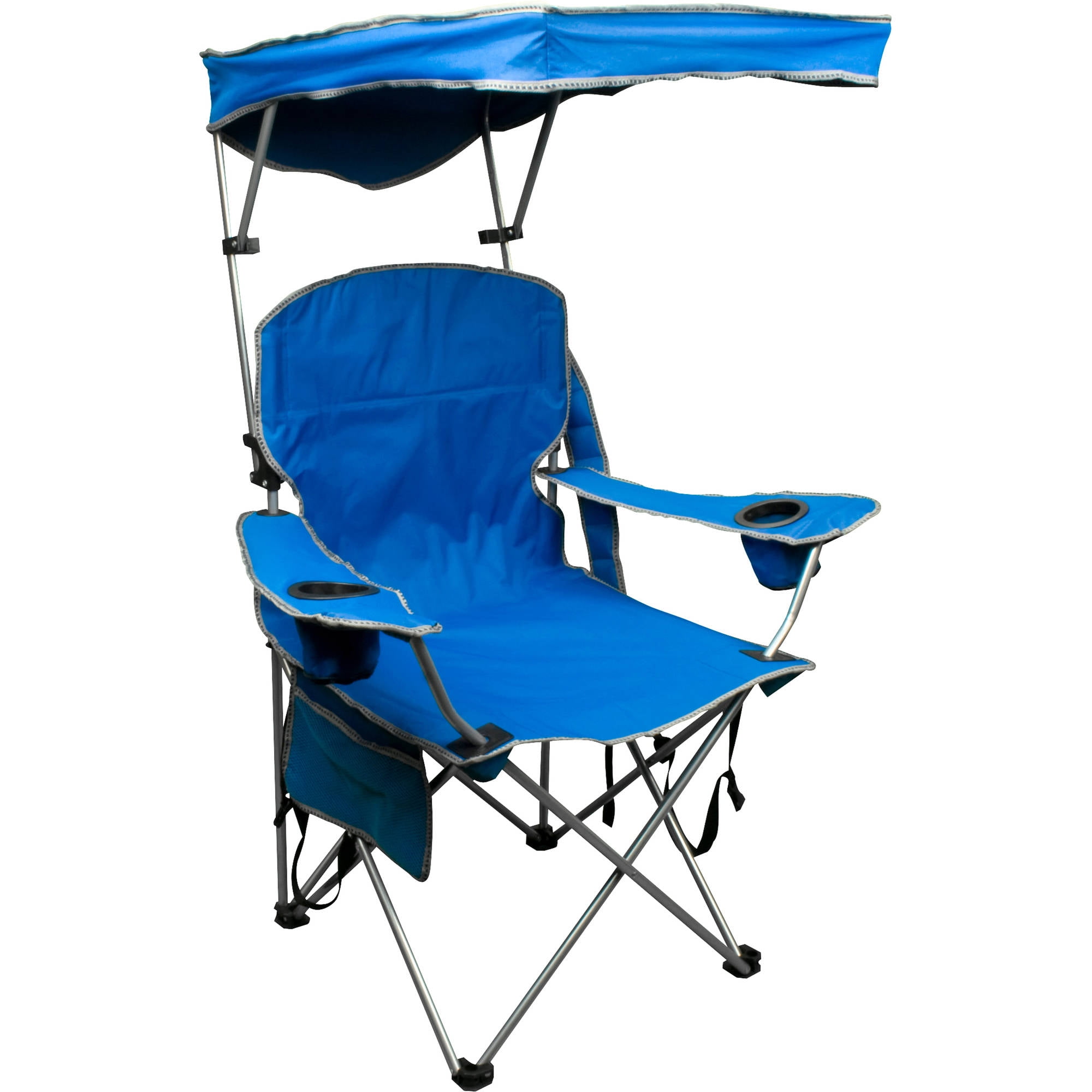Buyer’s Guide: Best Camping Chair With Canopy

Choosing the perfect camping chair with a canopy involves careful consideration of your individual needs and preferences. This guide will help you navigate the selection process, ensuring you find a chair that provides comfort, protection, and convenience for your outdoor adventures. Think of it as a personalized consultation, guiding you toward the best fit for your camping style.
Budget Considerations
Your budget significantly impacts the features and quality of the camping chair you can purchase. Entry-level chairs generally offer basic functionality and simpler designs, often sacrificing some durability and comfort for affordability. Mid-range chairs typically incorporate more robust materials and enhanced features like adjustable canopies and padded seating. High-end models often boast superior comfort, durability, and advanced features, such as integrated cup holders or side pockets. Consider how much you’re willing to invest and align your expectations with your budget. For example, a budget of $50 might limit you to a basic model, while a $200 budget opens up a wider range of options with better quality and features.
Portability and Weight
Portability is crucial, especially for backpacking or hiking trips. Consider the chair’s weight and packed size. Lightweight aluminum frames are ideal for portability, while heavier steel frames offer greater durability but are less convenient to transport. Think about how far you’ll need to carry the chair and whether you’ll be transporting it by car, backpack, or other means. A lightweight chair, weighing under 5 pounds, is excellent for backpacking, while a heavier chair, perhaps weighing 10-15 pounds, is more suitable for car camping where weight is less of a concern.
Sun Protection and Canopy Features, Best camping chair with canopy
The canopy’s effectiveness in providing shade is paramount. Consider the canopy’s size, material, and UPF rating (Ultraviolet Protection Factor). A larger canopy offers more shade, while a higher UPF rating indicates better protection against harmful UV rays. Different canopy materials offer varying levels of sun protection and durability. For instance, a canopy with a high UPF rating of 50+ provides excellent sun protection, while a smaller canopy might only offer partial shade. The angle adjustability of the canopy is also a critical feature to consider for optimal sun protection throughout the day.
Seating Style and Comfort
Different seating styles cater to various preferences. Consider whether you prefer a high-back chair for lumbar support, a low-slung chair for relaxation, or a folding stool for a more compact option. Features like padded seats, armrests, and headrests enhance comfort. Think about how long you’ll be sitting in the chair and the level of comfort you require. A high-back chair with lumbar support is ideal for extended periods, while a simpler folding stool might suffice for short breaks.
Canopy Materials
Several materials are used for canopies, each with its own advantages and disadvantages.
- Polyester: A common and relatively inexpensive choice. It’s lightweight, water-resistant, and easy to clean. However, it may not be as durable as other options and can fade over time.
- Nylon: Stronger and more durable than polyester, offering better tear resistance. It’s also lightweight and water-resistant, making it a good all-around choice. However, it can be more expensive than polyester.
- Canvas: A heavy-duty material that’s highly durable and provides excellent sun protection. It’s also breathable, but it’s heavier and less portable than polyester or nylon. It also requires more care and maintenance.
Frequently Asked Questions
Choosing the right camping chair can raise many questions. Here are some common queries and their answers.
- Are camping chairs with canopies suitable for all weather conditions? While many offer water-resistant canopies, they are not designed for heavy rain or strong winds. Consider a chair with a sturdy frame and well-constructed canopy for better weather resistance.
- How much weight can a typical camping chair with a canopy support? Weight capacity varies greatly depending on the model. Check the manufacturer’s specifications before purchasing to ensure it meets your needs. Generally, capacities range from 250 to 300 pounds.
- How easy are these chairs to set up and take down? Most models are designed for easy setup and takedown, often with simple folding mechanisms. However, some models might require more steps than others. Look for chairs with clear instructions and intuitive designs.
- Can I use a camping chair with a canopy on the beach? While some models are more suitable than others, it’s important to consider sand and salt water exposure. Look for chairs with durable, easily cleaned materials.
Camping Chair with Canopy

Investing in a comfortable and shaded seating solution for your camping adventures is a smart move. A camping chair with a canopy offers both relaxation and protection from the elements, enhancing your overall outdoor experience. Understanding its setup, maintenance, and potential issues will ensure years of enjoyment.
Setting Up Your Camping Chair with Canopy
Proper setup is crucial for both comfort and stability. A poorly assembled chair is not only uncomfortable but also increases the risk of damage or injury. Follow these steps for a safe and efficient setup:
- Begin by carefully removing the chair and canopy from their packaging. Inspect all components for any damage before proceeding.
- Extend the chair legs fully and ensure they are firmly locked into place. Most chairs use a simple push-button or lever mechanism for this.
- Next, attach the canopy frame to the chair frame. This usually involves inserting poles into designated sleeves or slots. Make sure all connections are secure.
- Carefully unfold the canopy fabric and attach it to the frame. Some canopies use elastic straps or clips, while others may require more intricate assembly.
- Finally, adjust the canopy angle to your desired position. Many chairs offer adjustable tilt mechanisms for optimal shade.
Cleaning and Maintaining Your Camping Chair Canopy
Regular cleaning and maintenance are vital to extend the life of your camping chair canopy and maintain its appearance. The cleaning method will depend on the canopy material.
Best camping chair with canopy – For polyester canopies, a gentle hand wash with mild soap and water is usually sufficient. Avoid harsh chemicals or abrasive cleaners. Allow the canopy to air dry completely before storing. For more stubborn stains, a soft brush can be used gently.
Canvas canopies may require more robust cleaning. A solution of mild soap and water can be used, followed by rinsing with clean water. For canvas, thorough drying is crucial to prevent mildew. Allow it to air dry completely in a well-ventilated area, possibly in direct sunlight.
For nylon canopies, a similar approach to polyester is recommended. Hand washing with mild soap and water is best. Avoid machine washing or harsh chemicals.
Addressing Potential Issues
While durable, camping chairs with canopies can experience issues over time. Understanding these potential problems and their solutions can help prevent major repairs or replacements.
Frame Breakage: This is often caused by excessive weight or impact. Preventative measures include avoiding overloading the chair and ensuring the chair is properly set up on level ground. If a frame breaks, replacement parts may be available from the manufacturer or a repair shop.
Canopy Tearing: This can occur due to sharp objects, excessive force, or prolonged exposure to the elements. Careful handling and storage are essential. Minor tears can sometimes be repaired with a strong fabric patch and adhesive. Larger tears might require professional repair or replacement.
Loose Connections: Over time, screws or other fasteners may loosen. Regularly check for loose connections and tighten them as needed to maintain structural integrity.
